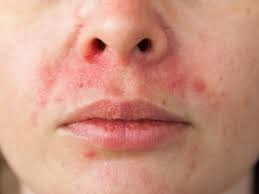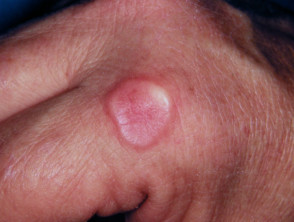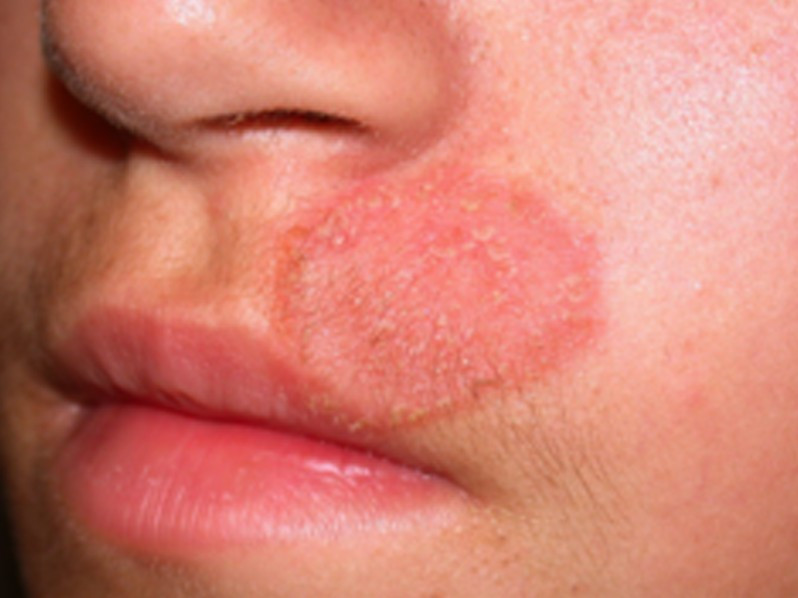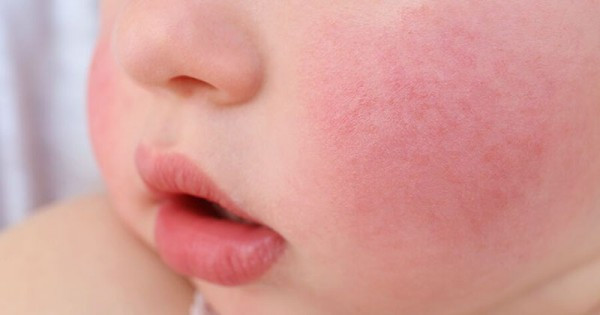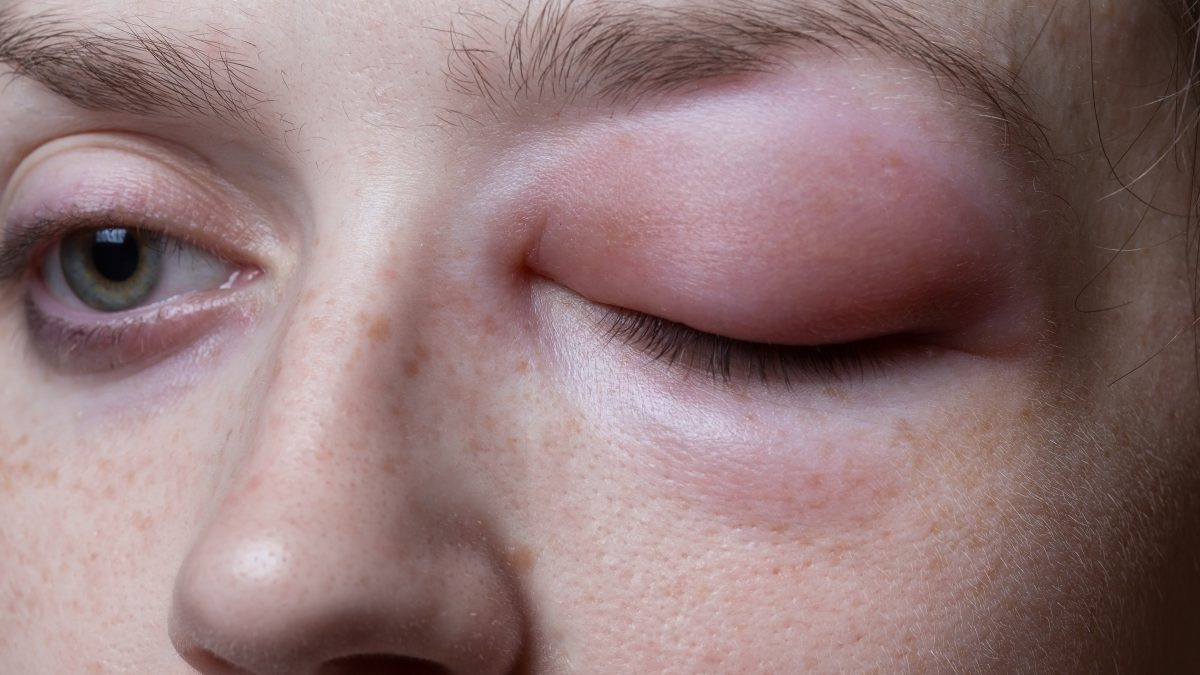Definition
Perioral dermatitis refers to the manifestation of skin rash caused by inflammation around the area of the mouth. The rash has the potential to spread to the nose or eyes. The typical manifestation of perioral dermatitis is the presence of a scaly rash or tiny reddish spots. The rash on darker skin may be black or brown. The vesicles that manifest could also discharge water. Additionally, some may experience a mild itchiness and burning sensation.
Perioral dermatitis primarily affects women aged 20-45, although it can also manifest in men, children, and the elderly. Perioral dermatitis can affect individuals of diverse racial backgrounds and life experiences. The duration of perioral dermatitis might range from weeks to many months. In general, the condition has the potential to reoccur, but it can also cease to exist if the underlying cause is eliminated.
Causes
Perioral dermatitis is a non-infectious skin condition. The precise etiology of it remains uncertain; nevertheless, it is hypothesized to be associated with a range of environmental factors.
Corticosteroid Usage
Another potential etiology of this condition is the utilization of potent steroid creams or ointments, initially used for therapy of various conditions. Steroid use over an extended period might result in dependence and, if the treatment is abruptly stopped, it may lead to problems or skin breakouts. Nasal sprays and inhaled drugs that contain corticosteroids can also cause perioral dermatitis. The exact mechanism of this occurrence remains unclear, although there is a suspicion that steroid medication can impact the natural microorganisms in hair follicles.
Particular Cosmetic Ingredients
Specific components in skincare products, face cleansers, and cosmetics can also cause perioral dermatitis. Skin lotions containing paraffin or petroleum jelly can either cause or exacerbate the symptoms of perioral dermatitis. Additional chemicals frequently resulting in perioral dermatitis include sodium lauryl sulfate (SLS) and fluoride.
Other Reasons
The following are other possible etiologies of perioral dermatitis:
- Experiencing bacterial or fungal infections in the face
- Persistent salivation
- Using toothpaste with fluorine
- Oral contraceptives
- Sunscreens
Risk factor
Specific individuals may exhibit a higher susceptibility or at risk of developing perioral dermatitis. The risk factors are:
- Women are more at risk compared to men of the same age
- Adolescents and middle-aged individuals
- Applying topical steroids to the face
- History of allergies
- Individuals with hormone imbalances\
Symptoms
Perioral dermatitis manifests as skin lesions, rashes around the mouth, and nasal creases. The rashes and blisters may exhibit a scaly appearance. Additionally, skin lesions may appear beneath the eyes, forehead, or chin. The small vesicles could contain clear fluid or pus. Perioral dermatitis can occasionally present with symptoms that bear resemblance to acne. Additionally, you may experience itchiness or a burning sensation on the rash, particularly when the symptoms get more severe.
Diagnosis
Perioral dermatitis can be diagnosed by a physician or dermatologist based on the patient's medical history, symptoms and signs, and a skin examination. To rule out the risk of infection, the doctor may also recommend a skin culture if necessary. The physician takes a tiny sample of the affected skin. After that, the physician sends the sample to a lab for further examination to find signs of bacteria or fungi. The doctor might also perform a skin biopsy, particularly if the patient's rash does not improve after standard treatment.
Management
According to the guidelines set forth by the American Osteopathic College of Dermatology (AOCD), it is advised to refrain from using steroid creams or nasal sprays, since these drugs could exacerbate the symptoms associated with perioral dermatitis. Nevertheless, it is essential to get medical advice before discontinuing any medicine. Stopping steroid creams suddenly can occasionally cause adverse effects. In this instance, the physician will usually recommend a gradual cessation of the medicine.
The doctor will choose the course of treatment after considering the disease's severity. Alleviating symptoms can be achieved by using gentle soap and ceasing the use of skin creams and toothpaste that include fluoride. Medications may also accelerate the process of recovery. The doctor may advise topical antibiotics if a bacterial infection is present along with the skin inflammation. The choice of antibiotic is determined by the severity of the condition.
Ensuring proper skin care and making dietary adjustments are key components in treating perioral dermatitis, and they could help prevent its recurrence. You could do the following actions:
- Avoid using facial cleansers that contain scrubs or perfumes. During relapses, it is recommended to cleanse your face with lukewarm water. After your skin has recovered, it is recommended to use a gentle soap and refrain from vigorously scrubbing the skin
- Refrain from utilizing steroid creams without advice from medical professionals
- Cease or minimize the use of cosmetics and makeup products
- It is advisable to wash pillowcases and towels with hot water regularly
- Restrict the consumption of very salty or spicy foods, since they have the potential to cause skin irritation around the mouth
The healing process of perioral dermatitis typically spans several weeks to months. Avoiding triggers like corticosteroids, inhaled steroids, and other personal care products and seeking treatment from a dermatologist can accelerate the process and prevent recurrence.
Complications
While perioral dermatitis is limited to the skin and does not pose a risk to life, it can lead to emotional and psychosocial issues due to the rashes on the face and the potential for the disease to progress over a lengthy period, necessitating long-term treatment. The occurrence of the rebound effect, or re-emergence of controlled symptoms, is frequently observed during the gradual cessation of steroids. However, it is uncommon for this phenomenon to manifest without any other underlying etiology.
Lupoid rash, or lupus-like rash, indicates the advanced stage of the disease. The diagnosis is established with a diascopy, which reveals a yellowish discoloration. Diascopy involves applying pressure to the affected area using a microscope slide to examine the skin. Scarring may also form in lupoid perioral dermatitis.
Prevention
Avoid Steroid Cream
Avoid the use of steroid creams and eclipses, except specifically recommended by dermatologists. If other doctors prescribe steroid creams, make sure to let you know that you suffer from periodic dermatitis. In general, periodic dermatitis is more likely to occur when triggered by strong steroid creams than those with weaker steroid potential.
Use Safe Cosmetics
Avoid using heavy facial cosmetics or creams. Consult with a dermatologist about moisturizers that are safe and suitable for your skin. Use a soft cleaning and moisturizer.
Protect Your Skin
Limit the time your skin is exposed to ultraviolet (UV) light, heat, and wind because it can worsen periodic dermatitis. Some of the drugs used to treat periodic dermatitis can also make the skin sensitive to sunlight. Be sure to protect the skin if it is in the sun for a long time.
When to see a doctor?
Consult with a doctor if you experience symptoms of skin inflammation in the area around the lip or mouth, and have risk factors as mentioned above. Diagnostics and proper treatment can prevent worsening symptoms and complications.
Looking for more information about other diseases, Click here!
- dr Hanifa Rahma
Kinman T, Gotter A. (2022). Perioral dermatitis: treatment, how to cure, causes, and more. Retrieved 23 March 2022, from https://www.healthline.com/health/perioral-dermatitis
Kammler HJ. (2020). Perioral dermatitis. Retrieved 23 March 2022, from https://emedicine.medscape.com/article/1071128-overview
Perioral dermatitis. (2020). Retrieved 23 March 2022, from https://www.webmd.com/skin-problems-and-treatments/perioral-dermatitis
Perioral Dermatitis. (2020). Retrieved 23 March 2022, from https://my.clevelandclinic.org/health/diseases/21458-perioral-dermatitis
Burgess, L. (2022). What is perioral dermatitis and how is it treated?. Retrieved 23 March 2022, from https://www.medicalnewstoday.com/articles/322181
Tolaymat, L., Hall, MR. (2021). Perioral Dermatitis. Retrieved 23 March 2022, from https://www.ncbi.nlm.nih.gov/books/NBK525968/


